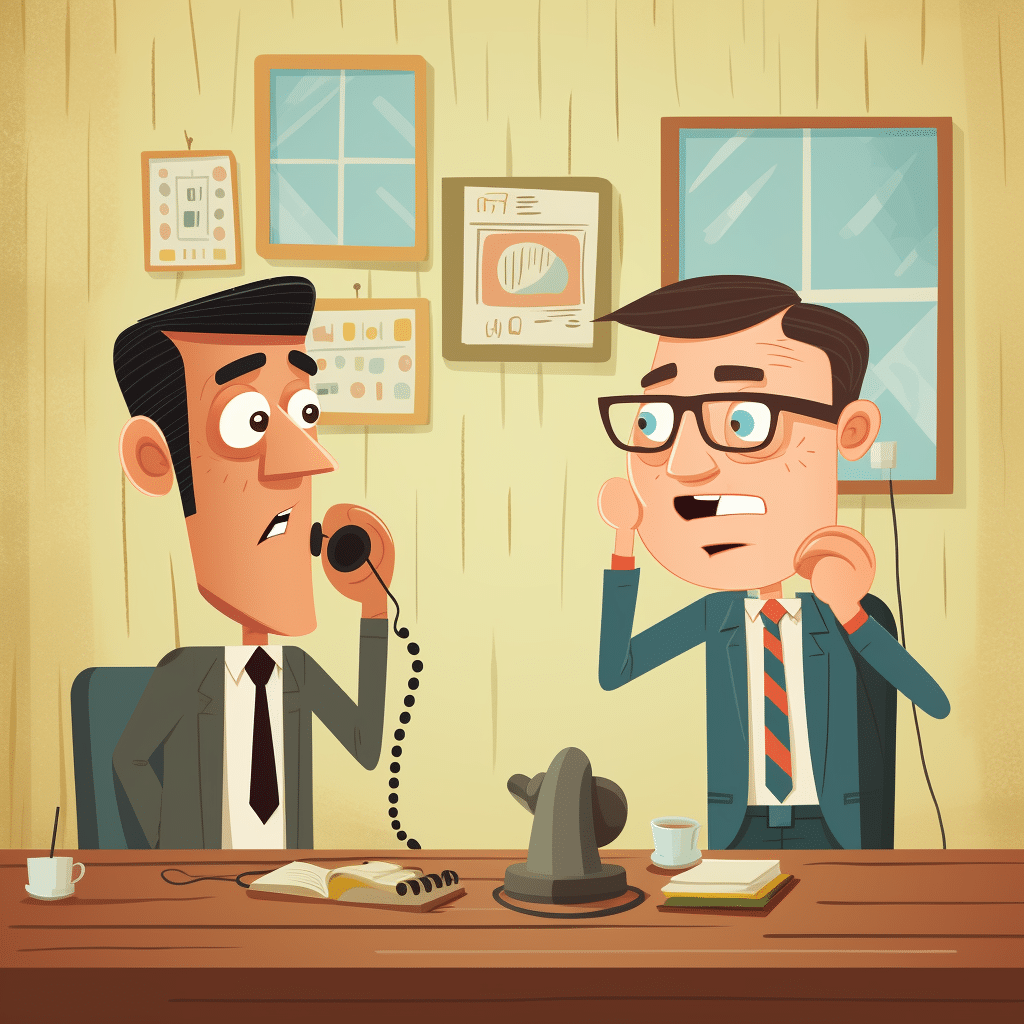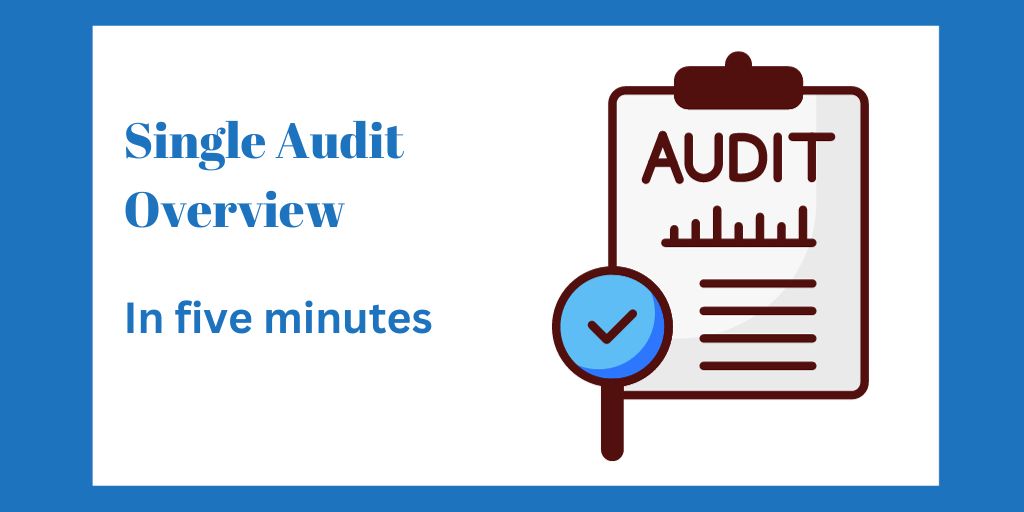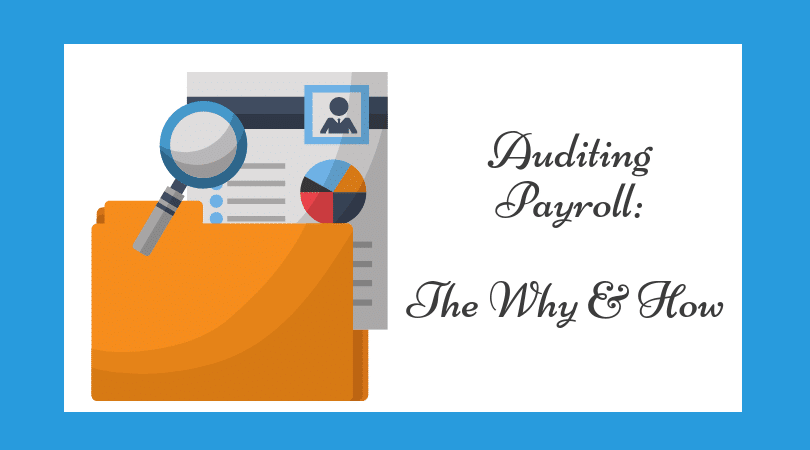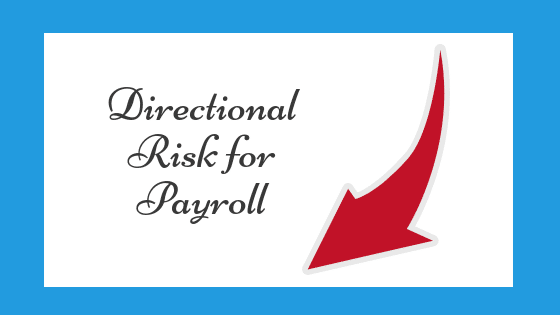
Tips for Communicating with a Predecessor Auditor
By Charles Hall | Auditing
Communicating with a predecessor auditor can be trying. Even so, audit standards require that you (at least try to) contact them.
After not sufficiently vetting a potential new client and paying the price for it, I can tell you, “This part of client acceptance is crucial.” You can avoid many headaches.
In this article, I tell you when to make contact, what inquiries to make, what responses you might receive, how to document the conversations, and how reviewing predecessor work papers will help you audit opening balances.
Let’s start with an example conversation between the prospective and predecessor auditors.
Example Conversation with Predecessor Auditor
“Hi Bill, I am Charles Hall of Johnson & Hitchcock CPAs. I am calling about the 2024 audit of Bird Lighting. They said they would contact you and authorize this conversation. Have they done that?”
“Yes, we heard from them last week. I can respond to your questions.”
So, I ask, “Have there been any illegalities or noncompliance issues you’ve encountered previously?” His response is a hesitant no. I sense Bill is not happy to talk with me (which I understand–we’ve been cross-town competitors for over a decade). He’s responding but is not volunteering any additional information. Probing further, I question the company’s financial condition. Bill admits to cash flow troubles, causing difficulties in compensating accounting staff.
Now, I’m wondering if they have competent accountants.
I ask, “How many journal entries did you propose last year, and were there any disagreements about those?” And he responds, “about 35.” He hesitates before disclosing that a heated debate preceded the posting of two material entries.
We discuss other matters before arranging a meeting to examine their work papers. Bill says, “We’ll make the prior year’s work papers available for viewing in our office on May 4 at 10:00 a.m. You can request copies of work papers, but we reserve the right to refuse. For example, we don’t give copies of our walkthroughs or risk assessments. We’ll also ask that you sign a letter stating that you will not use this information in any way that might harm our firm.”
Now that we’ve visited a typical predecessor auditor conversation let’s see what the audit standards say about this.
When to Initiate the Conversation
The auditor should initiate this communication before being engaged to perform the engagement.
Why? Because you want to be aware of any potential problem areas before you accept the engagement. For instance, if management is unethical, you want to know that. If management has used fraudulent accounting, being aware of such practices is to your advantage. Consequently, audit standards necessitate communication before the auditor is engaged.
Contacting the Predecessor Auditor
You should initiate communication with the predecessor auditor and make inquiries according to AU-C 210, Terms of Engagement. Such inquiries should include potential fraudulent activities involving management or employees and noncompliance or suspected noncompliance with applicable laws and regulations. Those inquiries might also include asking if the predecessor knows why the auditee is making the change in auditors.
Additional potential problem areas include:
–leadership integrity issues
–combative attitudes
–financial problems
–lack of client responsiveness to requests for information
–excessive number of audit adjustments
–client expectations that you do additional work without compensation
–management override of controls
–disagreements over audit fees
Before establishing contact, the company’s management must authorize the predecessor auditor to respond to the successor auditor’s inquiries. If the potential client does not permit this communication, think twice about doing this audit.
A prospective auditor can make a proposal to do the audit before contacting the predecessor auditor, but can’t accept the engagement (it’s not final) until they have communicated with the predecessor auditor.
Not communicating with the predecessor auditor can be equivalent to walking into a minefield when anticipating a leisurely hike. The more you know as you accept a new client, the better.
The Predecessor Auditor’s Response
Sometimes, the predecessor will not respond, as though you don’t exist. (Makes me think, “E.T., phone home.”) Why? They are probably unhappy that you’ve just taken a client from them. That’s understandable. It may not be professional, but again, it’s understandable. (This is what makes these conversations so difficult.)
The predecessor auditor is to be timely in their responses.
Limited Responses
Other times, the predecessor might give you a limited response. You might think this when there are conversational pauses or stammerings. Such hesitations might indicate that you need to tread carefully and consider whether you should accept the client. For example, is the predecessor privy to information that would be useful to you but potentially damaging to them (i.e., the company sues them for slander)? Sometimes, you don’t know.
Additionally, the predecessor auditor sometimes provides a limited response due to extenuating circumstances, such as pending litigation. In that case, they should say their response is limited per AU-C 210, Terms of Engagement.
Now, let’s think about evaluating the responses.
Evaluate the Responses
The successor auditor should evaluate the implications of the responses received (or not received) and document that information in the audit file. Why? One reason is peer reviewers look for predecessor auditor communication in an initial audit file. You need to prove you at least tried to initiate a conversation.
There’s little you can do when a predecessor auditor is nonresponsive. Even so, document your attempts to communicate. For example, include copies of letters and emails in your audit file.
If the predecessor does respond, consider asking to see their prior year’s audit work papers.
Reviewing Predecessor Audit Work Papers
A customary request by a potential successor auditor pertains to accessing predecessor auditor work papers. Viewing those work papers facilitates verification of opening balances for your new audit if you accept the engagement.
By the way, it is usual for the predecessor to ask you to sign a letter saying that you’ll not use the prior year’s work papers in any manner that might harm them, which is a reasonable request.
The predecessor decides whether you can see any work papers and what they will allow you to review. They might not provide, for example, their walkthroughs. Why? Because it takes a great deal of time to create these, and they may not want to give their competitor free work.
Summary
Not only do professional standards require you to contact the predecessor auditor, but it’s the better part of wisdom for you to do so. No, it’s not a fun process, but you’ll be glad you did. Your peer reviewer will also be happy you followed the audit standards.
In June 2022, the AICPA Auditing Standards Board (ASB) issued Statement on Auditing Standards (SAS) No. 147, Inquiries of the Predecessor Auditor Regarding Fraud and Noncompliance With Laws and Regulations. It is effective for periods beginning on or after June 30, 2023.














